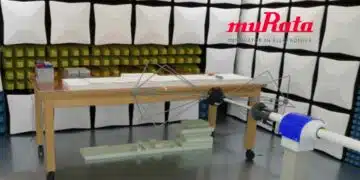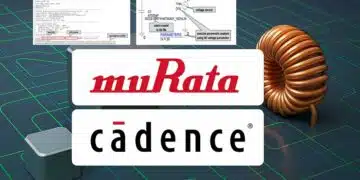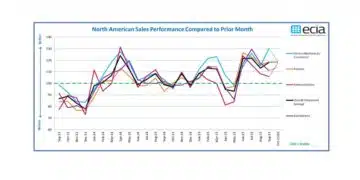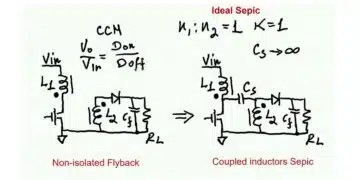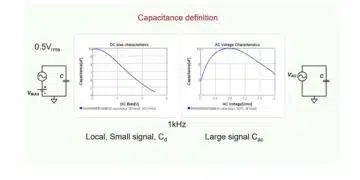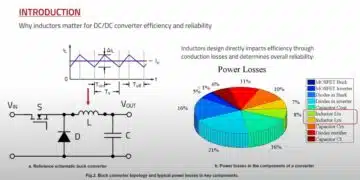Sumida is releasing new SMD Power Inductor C2DEPIH99 wound by flat wire and assembled with a Mn-Zn ferrite core.
The flat wire provides exceptionally low DC resistance. Reducing packing space by adapting 2 in 1 construction.
Ideal applications include Compact Digital Amplifier (Class-D-Amplifier) , radio audio amplifier and so on.
Key Features:
- 2-in-1 structure offers space-saving
- Magnetically shielded
- Flat wire wingdings provide exceptionally low DC resistance
- L×W×H:10.5×9.5×10.5mm Max.
- Product weight: 3.4g (Ref.)
- Moisture Sensitivity Level: 1
- Operating temperature range: -40℃ ~ +125℃ (Including coil’s temperature rise.)
- Storage temperature range: -40℃ ~ +125℃
- Carrier tape and reel packaging
- 500pcs per reel
Applications:
- Compact Digital Amplifier (Class-D-Amplifier), radio audio amplifier, etc.
Source:
Sumida




